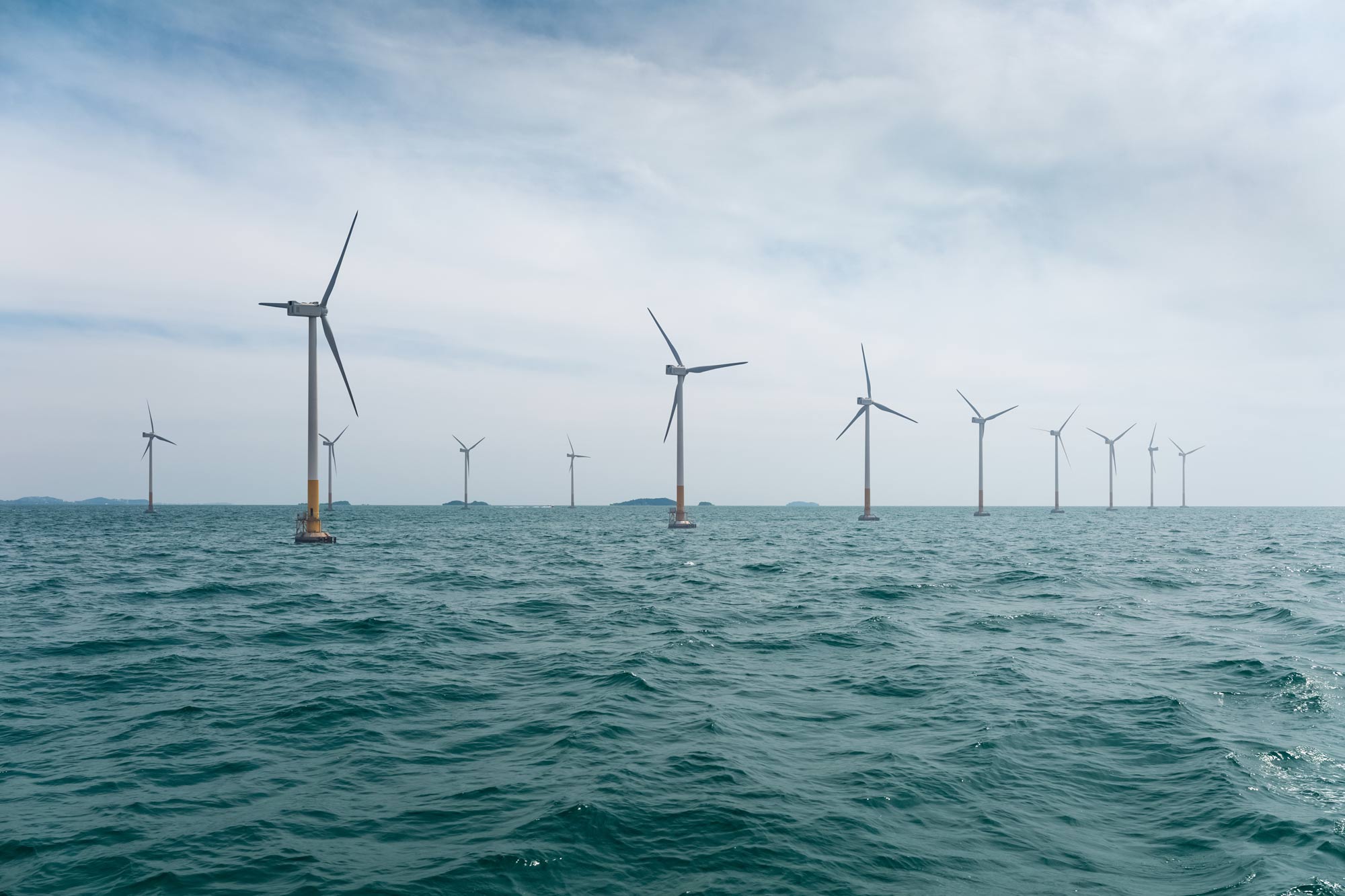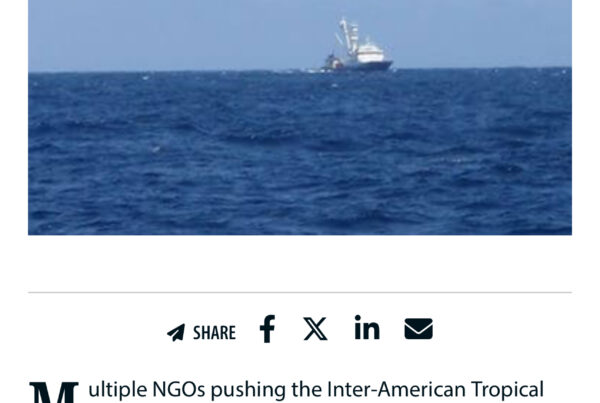Floating wind farms off the Oregon coast could create as many as 100,000 jobs and help the state meet its clean energy targets, the Oregon Department of Energy told a legislative committee Thursday.
But deployment faces challenges, including a lack of infrastructure and potential impacts on fishing, recreation and tourism, and marine habitats, officials said.
Some of the best offshore wind speeds in the nation are in southern Oregon and northern California.
Last year, the Oregon Legislature directed the Department of Energy to prepare a report on the potential of integrating up to three gigawatts of floating offshore wind energy into Oregon’s electric grid by 2030.
That would likely translate into several hundred wind turbines tethered to the ocean floor, and is enough to power around 2 million homes.
The state Department of Energy released its report Sept. 15, the same day President Joe Biden announced an initiative to invest nearly $50 million to boost floating offshore wind turbine technology.
The report cites benefits that include improving the reliability of the state and regional power grid, reducing the amount of land needed for solar and onshore wind projects, and supporting job development, especially in coastal communities.
Challenges to developing offshore wind power include potential conflict with existing industries, and a lack of existing infrastructure.



